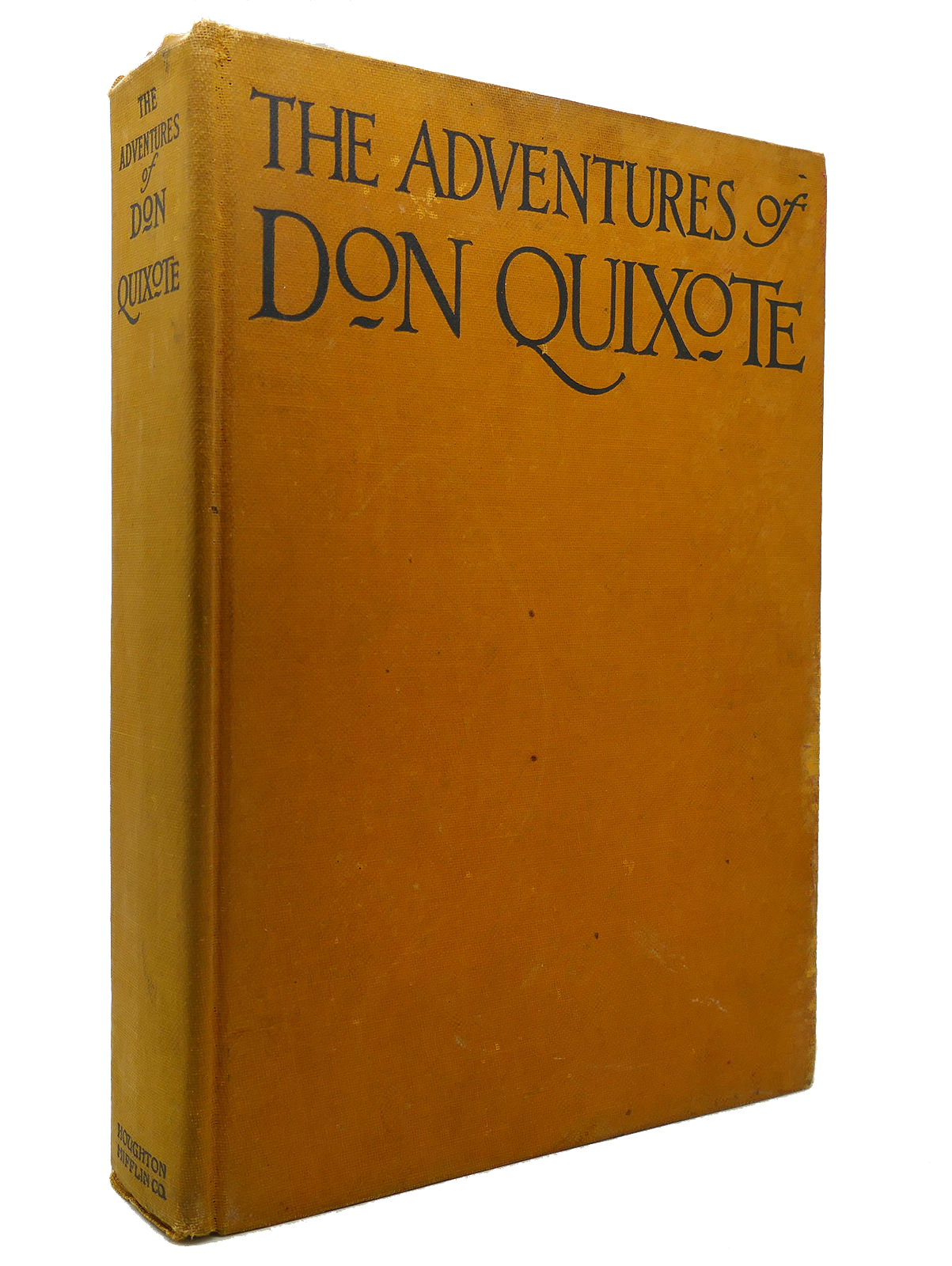A book and much more (transcript)
by Christopher Kenneally Beyond the Book
What is a book? For centuries, books have existed in a form that has come to be universally recognized. Few of us ever bothered to give the book, either as object or idea, very much thought, any more than we might ask what is a chair? The answer just seems so obvious. Poet, scholar, and book artist Amaranth Borsuk has taken up the challenge and begun a thoughtful interrogation of the book as object and idea. Her work focuses on what she calls textual materiality, the surface of the page as well as the surface of language. Her latest book, The Book from MIT Press, raises the question, what is the book? What is a book?
An Assistant Professor in the School of Interdisciplinary Arts and Sciences at the University of Washington Bothell, Amaranth Borsuk joins me now. Welcome to Beyond the Book, Amaranth.
Hi, Chris, thanks so much for having me.
We’re delighted to speak with you because this is a fascinating subject and one very appropriate to our own time when the notion of the book is really undertaking scrutiny. You illuminate for us the book as object, the book as content, the book as idea, and the book as interface. I want to go through those individually because they really are important to the argument you’re making here. So take up, then, this notion of the book as object and how we have come to think of the book almost in a way that we take for granted.
Yeah, I think that’s absolutely the right way to put it, that we have taken for granted the fact that the book is an object, so that when we hear the word book, the object that we are all picturing, we imagine it to be universal. It’s a stack of pages that has been bound along one edge and enclosed between covers. We can picture that on our bookshelves, we can picture it on bookstore shelves when we go into physical brick and mortar bookstore, those of us who still do. We have this object that has been so much a part of our lives that it seems to be the only thing that could answer to the name of book.
But if you look at the history of how information has been distributed in different portable forms, there have been myriad other shapes the book has taken over time, and our weddedness to that one form is actually a form that arises after about 2000 of text proliferating in other media. So that shape, which is known as the codex to book artists and scholars of book history, is only one of many.
I wanted to use the opening chapter of the book to acquaint readers with a deeper history of different material shapes books have taken over time. That shape is so influenced by the different cultures and regions in which it arises, not just because different cultures have different languages or different needs, but because they have access to different materials and proficiency with different materials which then dictate the form that takes. So if we don’t think of them as books, we’re losing out on a way of considering what a book can be and can do in the 21st century as it continues to shape shift for us.
02
